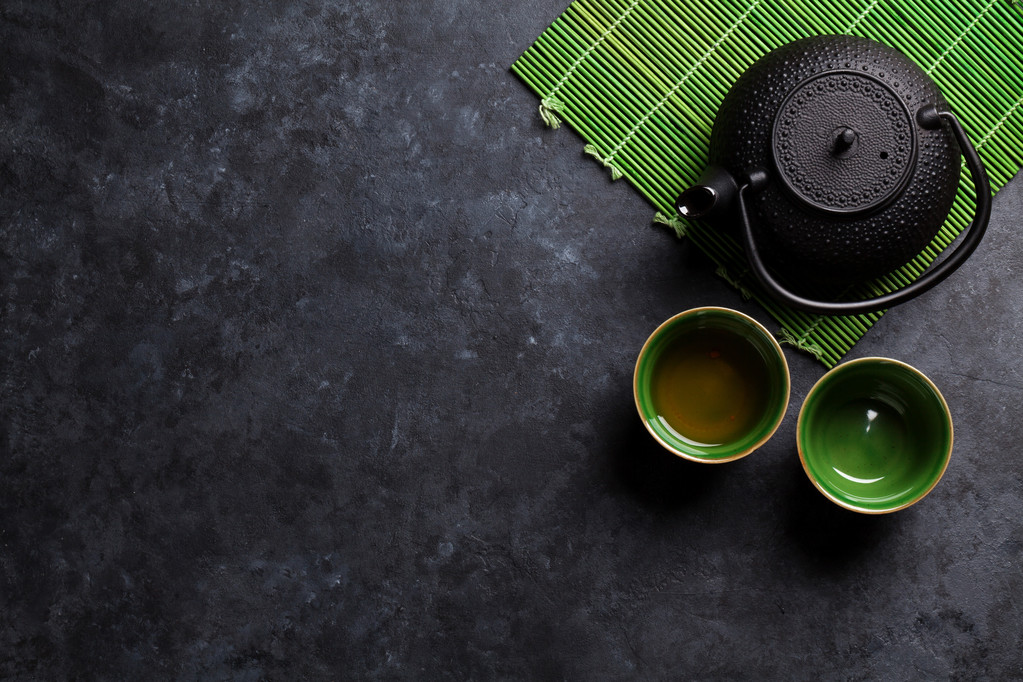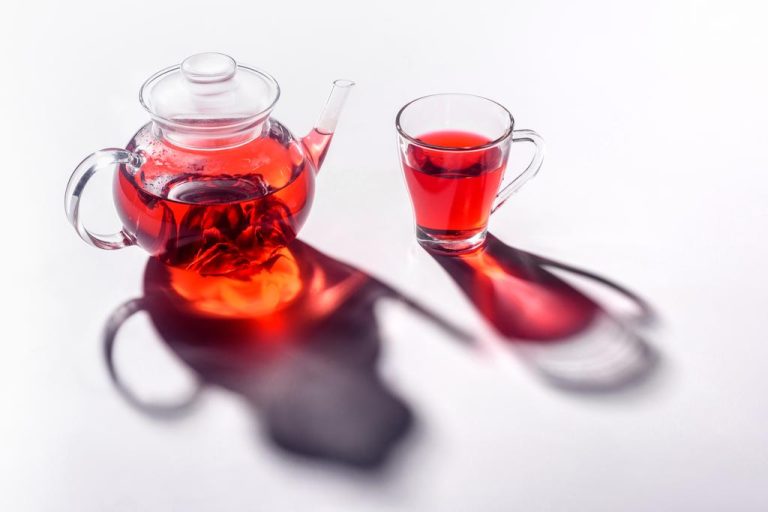Green tea, black tea, herbal teas – tea not only warms you up and tastes good, but is often also very healthy. In our large tea guide, you will find out what effect the different teas have, which brands are recommended, what criticism there is of cultivation and where you can get the right accessories.
The history of tea began more than 5000 years ago in China. Even then, tea was used both as a pleasure and as a remedy. Tea actually means the dried parts of the tea plant. Depending on the processing method, a distinction is made between black, red, green and white tea as well as oolong. However, infusion drinks from other plants are also commonly referred to as tea, such as herbal tea made from peppermint and rooibos or fruit tea.
Tea: an important economic commodity
The tea plant is mainly cultivated in tropical and subtropical high altitudes, on around 3.5 million hectares worldwide. Three-quarters of the global harvest of more than five million tons is grown in China, India, Kenya, Sri Lanka and Vietnam (see Statista).
Ultimately, tea was and is an important commodity. Every year, Germany imports almost 60,000 tons of tea worth over 200 million euros. According to this, we drink more than 26 liters of black and green tea and more than 52 liters of herbal and fruit tea per capita, whereby the proportion of fair-trade organic tea is likely to be small.

The different types of tea and their effects
Nettle tea: no weeds! The health-promoting effect of nettle tea has been known since ancient times. We mostly use it for cystitis. It has many other positive properties and is easy to harvest and prepare yourself.
Fennel tea: Thanks to its beneficial effects, it has been a popular home remedy for centuries. Fennel tea is used to relieve numerous ailments.
Lady’s mantle tea: Recommended mainly because of its helpful effect on women’s problems and the desire to have children. We’ll tell you what else you can use lady’s mantle tea for and what you should pay attention to when harvesting and preparing the herb.
Green tea: This tea has various effects: It is said to help you lose weight and prevent diseases. Plus it’s delicious. We reveal what is behind the effect of green tea.
Rosehip and hibiscus: Nobody thinks of rosehip or hibiscus when talking about superfood. The two plants that are native to us are quite large suppliers of vitamins and can also be used as medicinal plants in other ways. Rosehip and hibiscus: the dynamic duo in a teacup.
Ginger tea: It helps with colds – and is easy to make yourself. However, its positive effect on travel sickness, migraines and digestive problems is less well known. We will show you how you can prepare ginger tea from fresh ginger yourself and what you need to pay attention to.
Chamomile tea: The anti-inflammatory effect of chamomile tea helps with gastrointestinal problems – but there are many more uses for chamomile tea.
Matcha tea: Matcha tea was and is the best and finest tea in Japan, which used to be reserved for the elite only. The bright green, frothy infusion is still considered a cult drink.
Peppermint tea: This tea has a powerful effect. Peppermint tea wakes you up like coffee, calms the stomach nerves and cools the body from the inside, even when drunk hot.
Sage tea: helps with cough and respiratory diseases. But the tea has other effects: Even in the Middle Ages, monks and scholars drank sage tea to keep their minds fit. Here more about the effect of the natural cold remedy.
Black tea: It is popular and, in addition to invigorating caffeine, contains numerous health-promoting substances. Here you can find out what you have to consider when preparing black tea so that it can develop its full effect.

